Steel Building vs Traditional Construction: Key Differences Explained
Discover the pros and cons of steel buildings versus traditional construction methods. Learn how each option impacts cost, space, aesthetics, and more.
Building a new structure? Deciding between steel and traditional construction can be tricky. Both offer advantages, but which is right for you? This guide dives into the key differences between steel buildings and traditional methods, helping you make an informed decision.
In the realm of construction, steel buildings and traditional methods stand out as two primary approaches. Steel buildings offer robustness and efficiency, while traditional construction methods emphasise familiarity and customization. Understanding their differences is crucial for making informed decisions in construction projects.
1. Overview Steel Building vs. Traditional Construction
1.1 Steel Buildings
Steel buildings are prefabricated structures made from lightweight steel frames. They are known for their durability, versatility, and fast construction times. Common applications include warehouses, workshops, agricultural buildings, and commercial spaces.
Steel buildings are structures primarily constructed using steel frames, beams, and panels. They are known for their durability, speed of construction, and cost-effectiveness. Steel’s strength-to-weight ratio makes it ideal for large, open spaces and structures requiring substantial load-bearing capacity.
1.2 Traditional Construction
Traditional construction encompasses a wider range of materials like wood, brick, and concrete. These buildings offer aesthetic flexibility and can be well-suited for residential and commercial projects. However, construction times can be longer compared to steel.
Traditional construction methods involve using materials like bricks, mortar, concrete, and wood. They emphasize craftsmanship and customization, allowing for intricate designs and architectural details. Traditional buildings often take longer to construct but offer unique aesthetic appeal and can blend seamlessly into historical contexts.
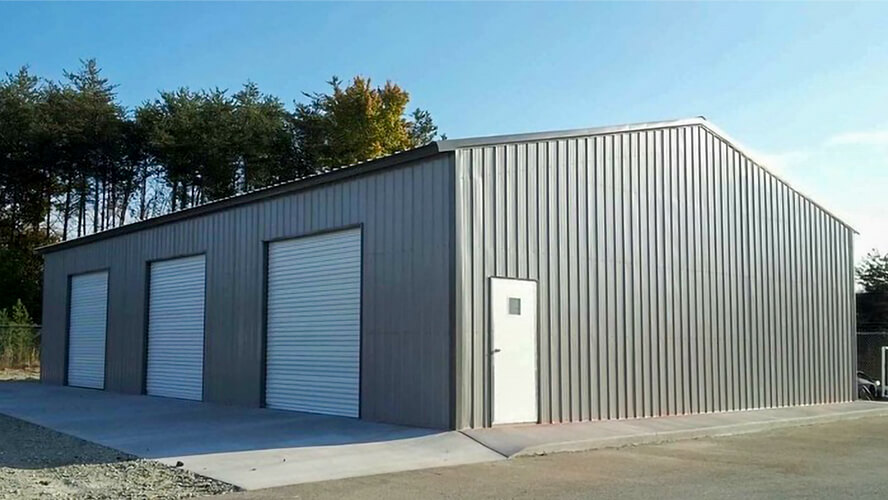
>>> Check out Pebsteel Steel Building Contractor
2. Key Differences between Steel Buildings vs. Traditional Construction
2.1 Cost
- Steel: While the upfront cost of steel materials might be higher, steel buildings can be more cost-effective in the long run. Their durability minimizes maintenance needs and their modular design reduces construction time, saving on labor costs.
- Traditional: Traditional construction costs can vary depending on materials. Wood can be cost-effective, but requires more maintenance. Brick and concrete offer superior durability but come at a higher initial price.
- Steel buildings generally have lower initial costs due to faster construction times and the ability to prefabricate components off-site. Traditional construction may incur higher labor costs and longer project durations, impacting overall expenses.
2.2 Space
- Steel: Steel buildings excel in creating large, open spaces. Their clear-span design minimizes the need for support columns, allowing for efficient use of interior space.
- Traditional: Traditional construction methods often require load-bearing walls, which can limit space and flexibility.
- Steel buildings offer more open, column-free interior spaces, making them suitable for warehouses, factories, and large retail spaces. Traditional construction may involve more interior support elements, potentially limiting usable space.
2.3 Aesthetic Preference
- Steel: Steel buildings offer a modern, industrial aesthetic. While customization options exist, they may not cater to all design preferences.
- Traditional: Traditional methods provide greater design flexibility. Wood, brick, and concrete can be used to create a variety of architectural styles.
- Steel buildings are often perceived as modern and industrial, featuring clean lines and expansive windows. Traditional construction allows for greater architectural diversity, catering to historical or thematic design preferences.
2.4 Expansion
- Steel: Steel buildings are easily expandable. Pre-fabricated panels can be added to accommodate future growth needs.
- Traditional: Expanding traditional structures can be complex and expensive. Depending on the materials and design, significant renovations might be necessary.
- Steel buildings are easier to expand or modify due to their modular nature and the ability to add onto existing structures. Traditional buildings may require more extensive renovations or structural changes for expansion.

3. Advantages and Disadvantages of Steel Buildings
Advantages:
- Durability: Steel resists rot, fire, and pests, ensuring a long lifespan.
- Speed of Construction: Steel buildings can be erected quickly due to pre-fabrication and simple assembly.
- Low Maintenance: Steel requires minimal upkeep compared to traditional materials.
- Sustainability: Steel is recyclable, making it an eco-friendly building option.
Disadvantages:
- Aesthetics: The industrial look might not be suitable for all architectural styles.
- Temperature Control: Steel conducts heat and cold more readily, requiring additional insulation for climate control.
- Limited Design Flexibility: Customization options for steel buildings can be restricted compared to traditional methods.
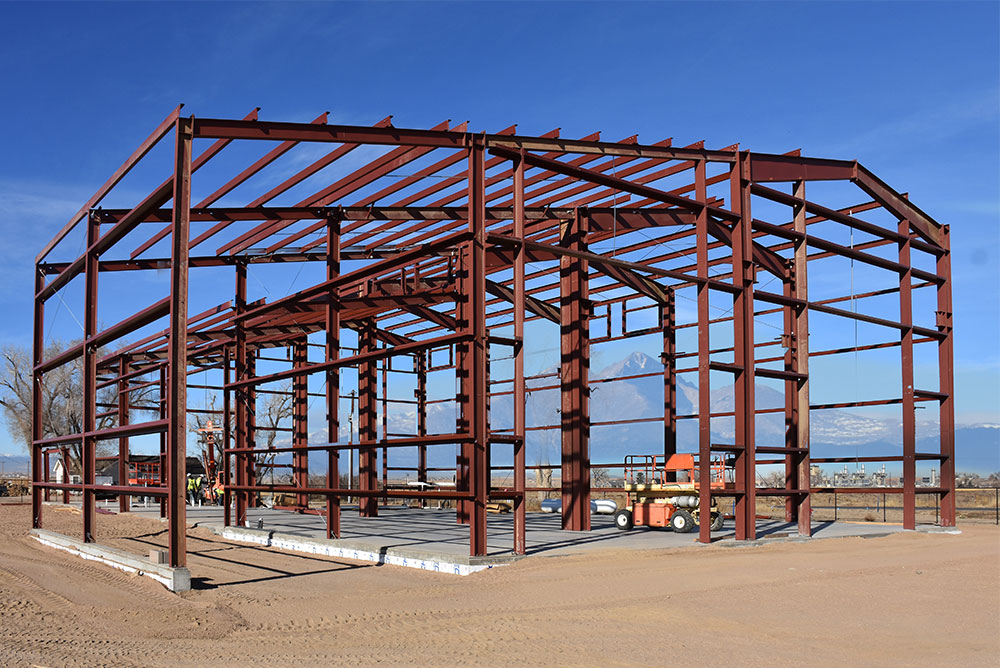
4. Advantages and Disadvantages of Traditional Construction
Advantages:
- Design Flexibility: Offers a wider range of aesthetic possibilities to suit various architectural styles.
- Natural Materials: Can create a warm and inviting atmosphere with the use of wood, brick, or stone.
- Potential for Higher Resale Value: Traditional materials like brick can sometimes enhance a property’s resale value.
Disadvantages:
- Construction Time: Traditional construction methods typically take longer than steel buildings.
- Maintenance Needs: Wood, brick, and concrete require more regular maintenance compared to steel.
- Durability Concerns: Traditional materials are susceptible to weather damage, rot, and fire compared to steel.
5. Conclusion
The choice between steel and traditional construction depends on your specific needs and priorities. Steel buildings offer a compelling combination of speed, durability, and cost-effectiveness, making them ideal for functional structures. Traditional methods excel in design flexibility and aesthetics, catering well to residential and specific commercial projects. Consider your budget, desired timeline, and the overall look you want to achieve to make an informed decision for your building project.
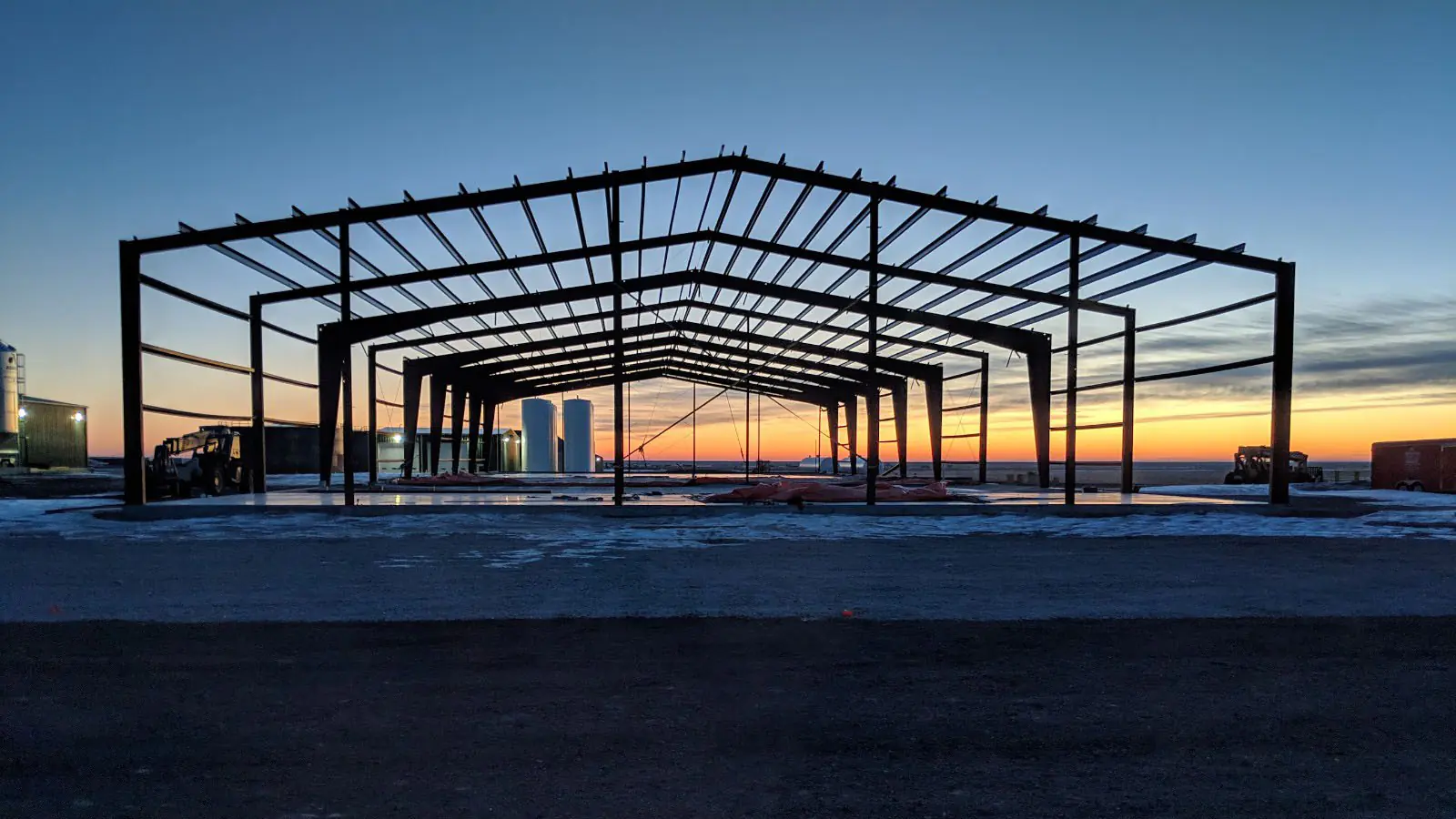
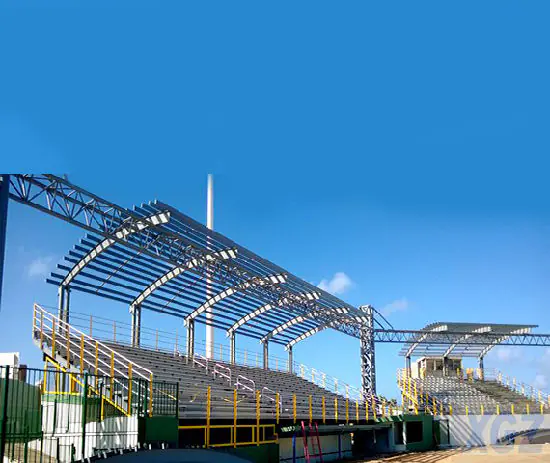
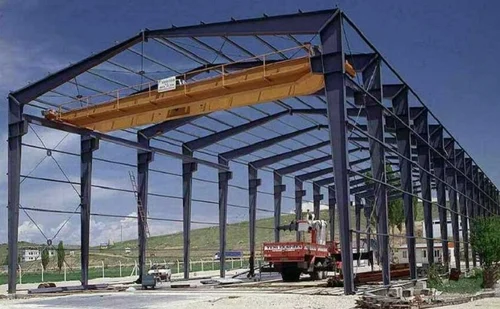
Post Comment